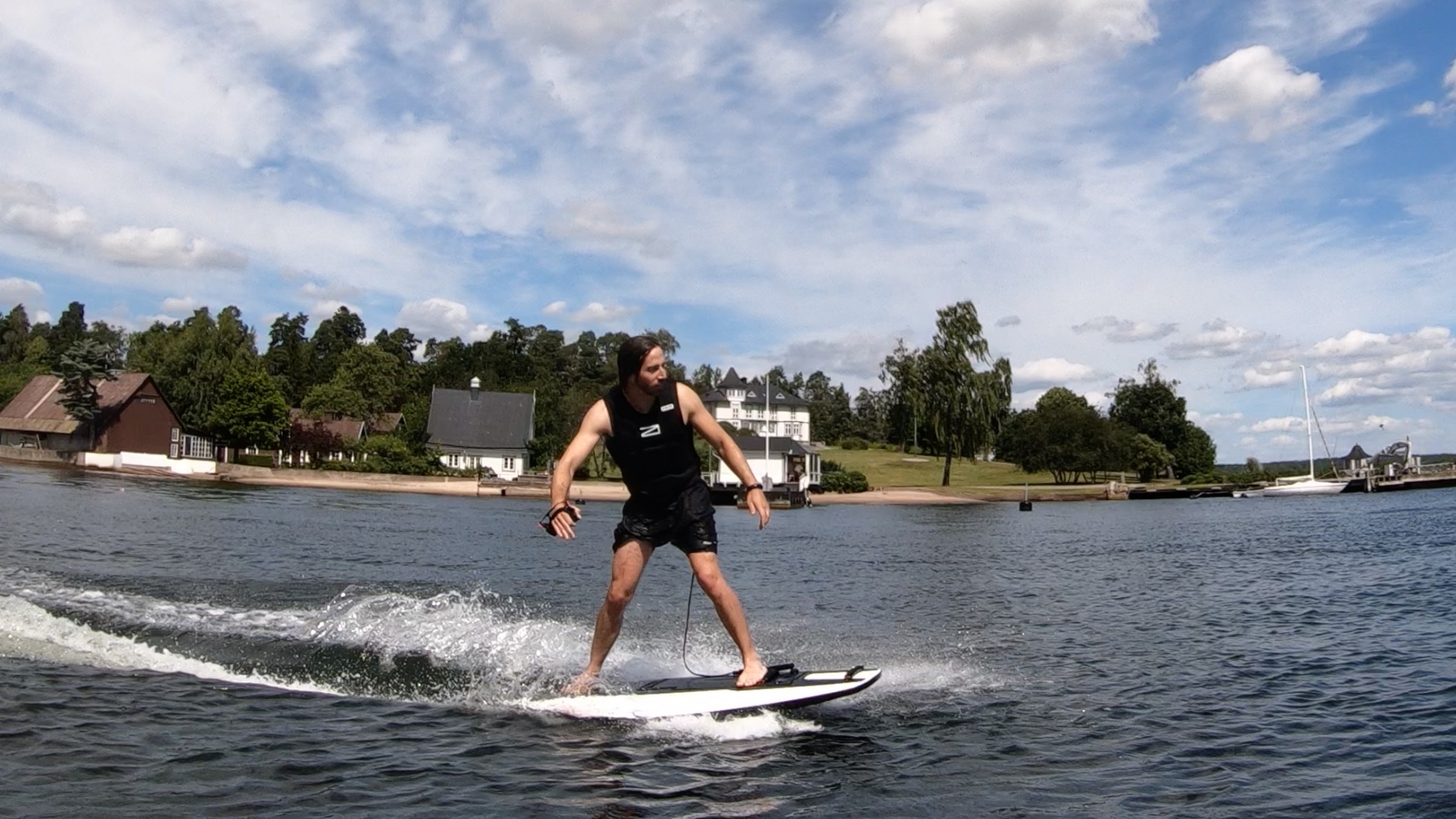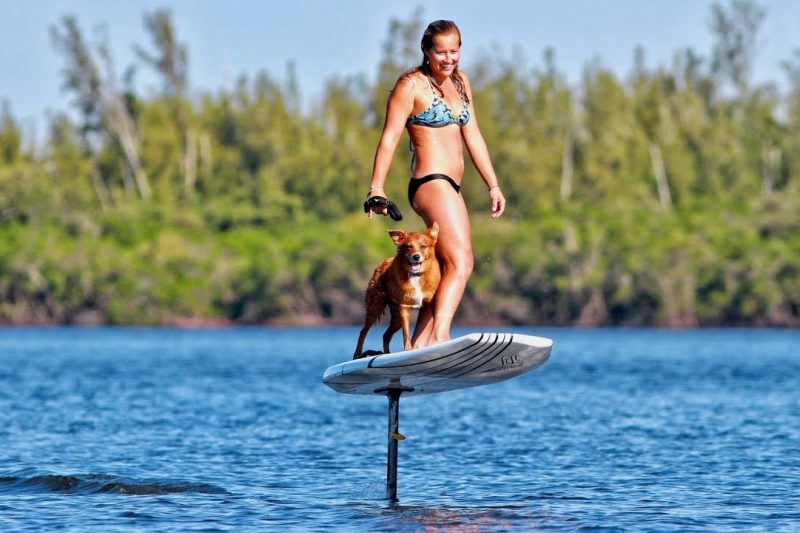Best Tips On Choosing Electric Surfboards
Wiki Article
What Is The New Electric Surfboard Craze?
Summer is the best season for a trip to the beach. The beach is the perfect place to listen to the waves crash against the shore. For us, the electric surfboard lets us feel the excitement of floating across the ocean's surface. What exactly is an Electric Surfboard? In this post, we'll go over everything you need to be aware of Electric Surfboards. They also have an incredible equivalent called the E Foil.
What Is An Electric Surfboard?
We're all familiar with the meaning of a surfing board and how it's used. In addition, there are the abilities required to ride them and catch waves. The Electric Surfboard works in the same way as a traditional surfboard. An electric surfboard is a board that doesn't require any skill to use or catch a wave. This is due to the fact that the Electric Surfboard is powered by an electric motor that is able to propel forward in a matter of minutes. In Addition to this, an Electric Surfboard can allow you to glide over massive bodies of water. You can also achieve incredible speeds. Additionally, it allows users to take quick, sharp turns, and even glide just a few inches above the surface of the water. It's described as feeling "a little as if you're flying".
Are Electric Surfboards Better Than Traditional Surfboards?
Electric surfboards are often more efficient than traditional surfboards, especially when the water is flat. They have a motor that generates more power than traditional surfboards. Some surfboards powered by electric motors travel at speeds up to 30 mph while other models reach speeds of 20 to 20 to 25 mph.
In contrast to traditional surfboards that can go as high as 10-15 mph they are constrained by the strength and strength of the waves as well as the rider's own speed. The speed of electronic surfboards is generally faster than traditional surfboards. However, it may vary depending upon many factors. Take a look at the recommended electric surfboards info for site advice including efoiling, jetboard for sale, hydrofoil surfboard, electric jet surfboard, efoil board for sale, efoil surfboard, efoil price, battery surfboard, electric surfboard motor, powered hydrofoil board and more.

What Are The Conditions Of The Water That Affect Electric Surfboards?
The water conditions can make a big difference in the performance and handling capabilities of electric surfboards. Here are a few ways various water conditions could impact electric surfboards. Calm Water- In calm water conditions the electric surfboards are more maneuverable and controllable. This makes it easier for beginners to learn how to ride the boards. It's also simpler to make use of the board's speed capabilities in calm water because there are less obstacles and dangers to be aware of.
Choppy WaterWhen the water is choppy conditions, electric surfboards may be more difficult to balance and control. Currents and waves can cause boards to bounce or tilt making it difficult for riders to maintain their balance. However, experienced riders will be more comfortable in turbulent water. This requires more expertise and control.
Waves- Riding an electric surfboard in waves can be an exciting and thrilling experience. You can use the board's speed to ride waves and catch them longer. Noting that waves are more hazardous and there are more risks to avoid, is important. Surfers should not surf in waves unless they possess the necessary level of skill and have the necessary experience.
The performance and handling of the electric surfboards can be affected by the conditions in the water. It's important for riders to be aware of the water's conditions and modify their riding style to provide a safe and enjoyable experience.
How Long Does It Take For A Novice To Learn How To Use An Electric Surfboard?
A beginner's ability to master an electric surfboard will vary based on factors like previous experience, physical fitness and personal capabilities. The amount of time needed to master the electric board will vary based on the individual. For example an aspiring boarder may require many sessions of practice, or perhaps weeks. This can be achieved through regular practice and taking lessons from a qualified instructor.
It is also important to raise the difficulty level of riding conditions. You can start with calm waters and work toward more difficult conditions such as currents or waves. This will build confidence and enhance skills.
With just a bit of practice and dedication You can master the electronic surfing board. Take a look at the top elkcipsports.com surfing for website tips including electric foil board, efoil electric hydrofoil surfboard, diy efoil, motorized foil board, efoil for sale, efoiling, efoil board price, e surfboard motor, radinn jetboard, hydrofoil surfboard electric and more.

What Is The Difference Between The Electric Surfboard Propellers And Jet Streams?
Propellers and jet streams are two different methods of driving electric surfboards. Let's look at the differences between them Jet streams - An electric surfboard is powered by a water jet propeller system. This system draws water through an intake and then expels the water via a nozzle on the rear of the board. Jet streams are quieter than propellers, and offer the most comfortable, smooth ride. There aren't any moving parts that can cause the air to turbulence or generate noise. Additionally, they have fewer components which can fail or break, making them generally more reliable than propellers.
Propellers - Propellers are powered by a rotating blade that generates propulsion to propel the electronic surfboard ahead. Propellers are able to generate greater velocity than jet streams, which makes them an excellent option for those who wish to experience higher speeds. However, propellers create more turbulence than jet stream and , consequently, are more abrasive and less effective than jet streams.
Propellers and jet streams could pose a risk to your safety if not used correctly. The user must always adhere to the directions of the manufacturer as well as safety guidelines when using an electric surfboard and should wear appropriate safety gear like helmets and life vests. When riding an electric surf board, it is important to be alert for other surfers and stay clear of crowds. Follow these tips to ensure a the most enjoyable and secure experience on your electric surfboard.
Is There Any Risk Of Being Caught In The Electric Surfboard Jet Stream Or Propellers?
Safety precautions should be taken in order to avoid getting your fingers and toes trapped in propellers or jet streams on an electric surfboard. Propellers and jet streams on electric surfboards are powerful and can cause serious injury. It is also essential to make sure the surfboard's electric motor is turned off when not in use and never to step into the water when the board is in motion.
Many electric surfboards also come with safety features , such as an automatic shut-off if the rider falls off the board, and guards around the jet streams or propellers to protect against contact with body parts. It is essential to carefully read the user manual and follow the safety guidelines for riding an electric board.
The chance of having your fingers or toes trapped in propellers or jet streams on an electric surfboard are lessened if you follow security precautions. See the best e foil url for blog tips including hydrofoil surfboard no motor, electric foil surfboard, electric jet surfboard, radinn e foil, electric foil board, battery operated surfboard, motorized surfboard for sale, jetfoil surfboard, e surf board, best efoil and more.

What Are The Different Types Of Electric Surfboards Available?
There are many electronic surfboards you can choose from. These are the most well-known models: Jet-powered surfboards These boards utilize an electric motor to create forward movement. They draw the water through an intake before they let it go through a nozzle at their back.
Propeller-powered boards: These boards employ a propeller for forward motion. The blade spins to push water forward and propel it ahead.
Foil boards - These boards employ hydrofoil lifts to elevate the board off of water. This decreases drag, which allows for better speed and more maneuverability.
Inflatable Boards - These boards, which are made from inflatable material, are lightweight and easy to carry around. They generally have batteries and motors that are smaller than other types of electric surfboards.
Stand-up paddleboards (SUPs), are boards that can be utilized using a paddle. However certain SUPs are equipped with electric motors, which permit greater speed and agility.
Surfboards- These boards are specifically designed for surfing. They come with shorter legs, and specially-designed fins to allow for greater maneuverability in water.
Each type of electric surfboard has its own characteristics. Each model is created for different riders and different conditions. It is essential to think about your riding ability, your how you ride and also the conditions you'll be surfing to determine the right electric surfboard for you.